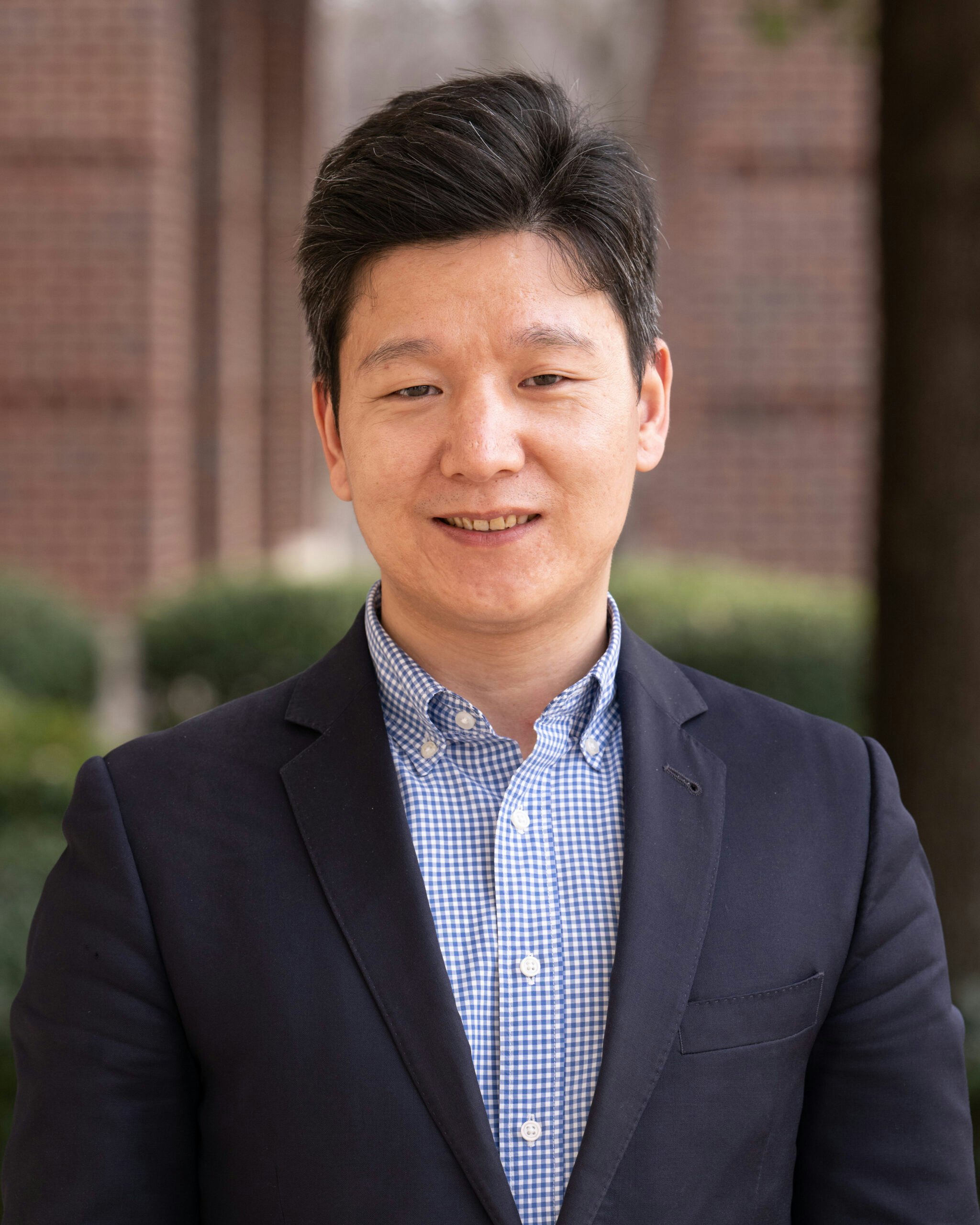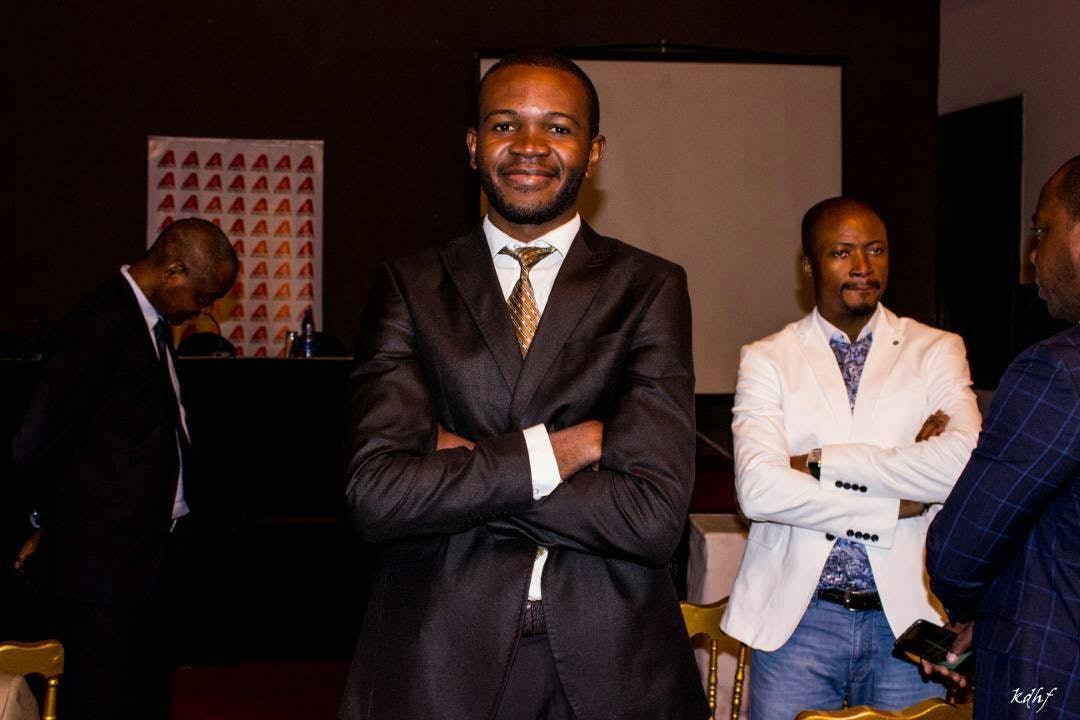Today marks the fourth anniversary of the Jasmine Revolution in Tunisia, which led to the larger Arab Spring. The Bush Institute talks in this...
Today marks the fourth anniversary of the Jasmine Revolution in Tunisia, which led to the larger Arab Spring. The Bush Institute talks in this interview with Ambassador Shirin Tahir-Kheli about those upheavals. She also discusses the role of women in promoting freedom, which the Institute’s Women’s Initiative is focused on with programs aimed at improving education, health care and economic opportunities for women and girls.
Ambassador Tahir-Kheli’s career has concentrated on expanding the role of women and democracy around the world. Her work includes serving Republican presidents since 1980, including President George W. Bush. In his administration, she worked on promoting democracy and the advancement of women on the National Security Council and at the State Department.
A member of the Council on Foreign Relations, she is a fellow at Johns Hopkins University Foreign Policy Institute. In 2011, Newsweek named the ambassador one of “150 Women Who Shake the World.”
Today is the fourth anniversary of the Jasmine Revolution in Tunisia and the wider Arab Awakening. Give us your thoughts about what you see the Arab Awakening accomplishing and where the trajectory is now headed.
What we now refer to as the Arab Awakening accomplished an electrifying movement for freedom and justice in a part of the world where governments choked possibilities of advancement, governance and even survival for their respective citizens. This movement was one where women became partners in demanding change from often corrupt leaders. The demands for real change have not yet been met, but it is unlikely that countries can really go back to business as usual absent physical control of restive populations.
Many of these lands now have very young populations, often more than 50 percent of the population is less than 35 years in age. These men and women will not forever succumb to follow leaders who fail to meet the minimal level of governance and justice.
The demand for services, such as education and employment, will force a new link if the governed are to live in peace and stability supporting those who govern them. Nations such as the oil rich nations of the Arab World may in the short run be able to buy off the support of their populations through heavy subsidies. But in the medium to long term, they too will need to find a different path to stability.
Let’s talk about Afghanistan. You have noted that expanding authority for women in Afghanistan actually has a proud history. Could you share some of that history with us and how it might be important today?
We ought not to forget that Afghanistan’s women were given access to education and employment, particularly in the cities, going back to the days of Afghan Kings Amanullah and Zahir Shah. Within the cultural norms of a tribal society, women did get educated and worked. The overthrow of the royal family by the former Soviet Union in 1979 changed all that as the effort to overthrow the “godless” Soviets enabled the import of Wahhabi traditions into Afghanistan.
Thinking about the present, the number of Afghan girls going to school has increased since 2001 from a mere 5,000 to more than three million today. Afghan women also have come into leading roles in government and other aspects of the nation’s life. Give us your thoughts about those gains, which have been hard won, and yet what threats remain for women in Afghanistan.
Indeed the gains by women since 2001 have been hard won. They fought for access to education, the right to vote, which they exercised in national elections, and participation in the political system, which constitutionally guarantees 25 percent of the seats in Parliament and access to economic activity. While these gains have come due to Afghan women’s own energy, they are by no means secure for all time.
Because of the fact that Afghan women gained status and participation under the U.S.-led war to root out terrorism, which the former government of the Taliban supported, American troop withdrawal could erase forward movement in terms of women’s empowerment. By labeling such gains as a “western phenomenon,” any Taliban-backed or led government could force the return to darkness in the lives of Afghan women.
You mentioned the access Afghan women have had over time to education. Talk, if you will, about the role education can or should play in advancing freedom across the Mideast. Give us some examples of where you see schools and universities improving, including for women. And give us some examples of where you still see large challenges.
Progress for women cannot occur absent education. Ignorance is not bliss where it means that 50 percent of the population, the women’s part, is left out with no skills to help them navigate into the modern world. Part of what we see as the current march for freedom in the Mideast is a demand for access to modernity, which includes learning and political participation. Some of the Muslim countries have had a long tradition of educational institution building. Egypt is an example. However, there has been a decline in investment in the education of girls across much of the Muslim world.
In countries like Pakistan, where girls’ education was a development priority going back to the 1960s, it is no longer the case. Instead, governmental support has declined and in the more conservative north, Taliban elements have taken to burning girls’ schools and even assassinating teachers and students. The case of Malala Yousafzai reminds us of the ever-present danger for girls today, even in areas which for decades provided schools for girls.
But there are reasons to hope for change. More girls are in schools today, even in Afghanistan, than was the case during Taliban rule. In the Maghreb, Tunisia and Morocco especially, education of girls is growing.
In many Muslim countries where girls are attending universities, they can comprise nearly 50 percent of the student body and often do well in their studies. While medicine and teaching have been the traditional areas for women’s education, recent additions include banking, technology and micro- finance.




























